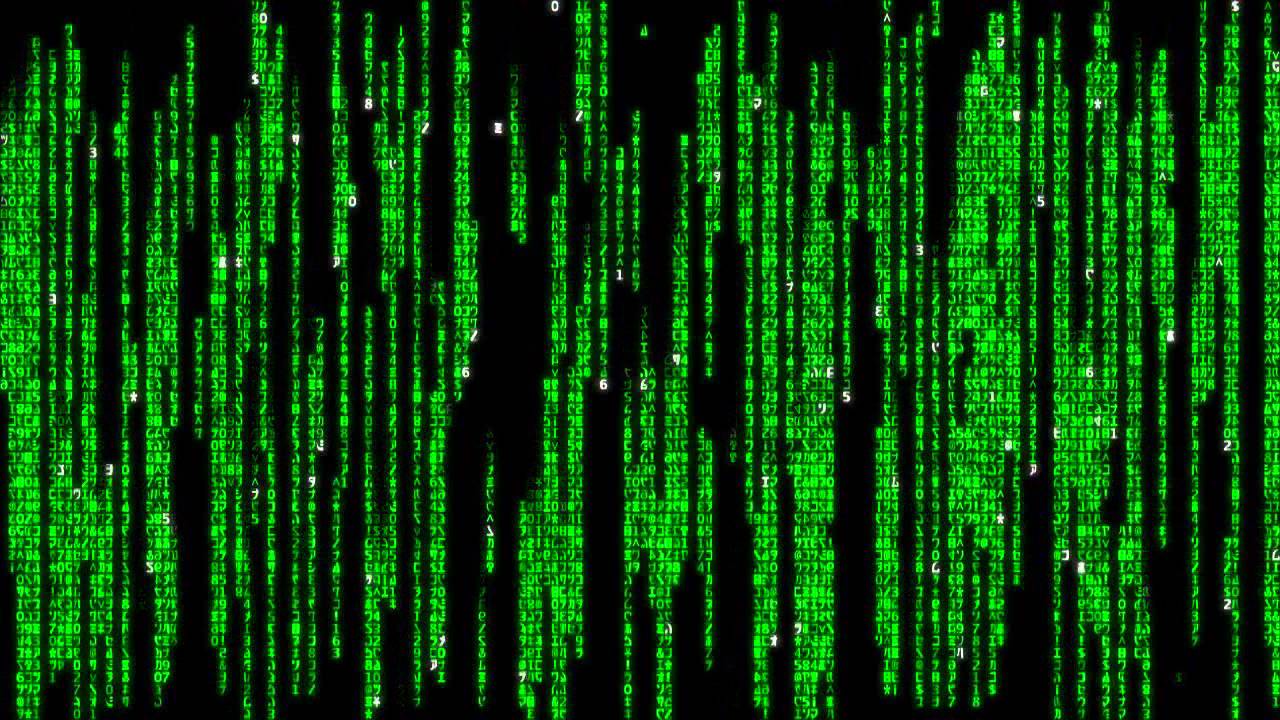Even though it’s now approaching 20 years old, the 1999 sci-fi film ‘The Matrix’ is still highly regarded as a ground-breaking movie for the special effects of its time. One of the most iconic images from the film franchise still endures to this day, as computer screen-savers and mobile device live wallpapers: the vertically-scrolling green Japanese-inspired symbols against a black background.
Simon Whiteley, production designer for the film and the creator of “The Matrix Code,” recently wrapped production work on another Asian-inspired sci-fi film, ‘The Lego Ninjago Movie.’ During a recent interview, Whiteley confirmed the source of the code, but also spoke about the technical challenges of the newest Lego film, which seem to share similarities to the ‘Matrix’ films of 18 years back:
“The buildings you see in ‘Ninjago’ are two or three times as high as Jackie Chan. Instead of being in a basement like in the first movie, it was as if your child had gone out into the back garden, so we introduced miniature plants, grass, rocks and … built those in 3D.
“We could open people’s eyes to a new look. That’s the funnest part of my job, designing something for a director and then either seeing it physically built or built in CG.
But enough chit-chat about current projects, am I right? Let’s get to the good stuff! Contrary to conspiracy theorists’ best guesses, the origin of the Matrix Code is actually quite simple – it came from Whiteley’s wife’s Japanese cookbooks:
“I like to tell everybody that The Matrix’s code is made out of Japanese sushi recipes. Without that code, there is no Matrix.”
So there you have it, folks. Thrilling? Maybe not so much. But fun to know, nonetheless.

